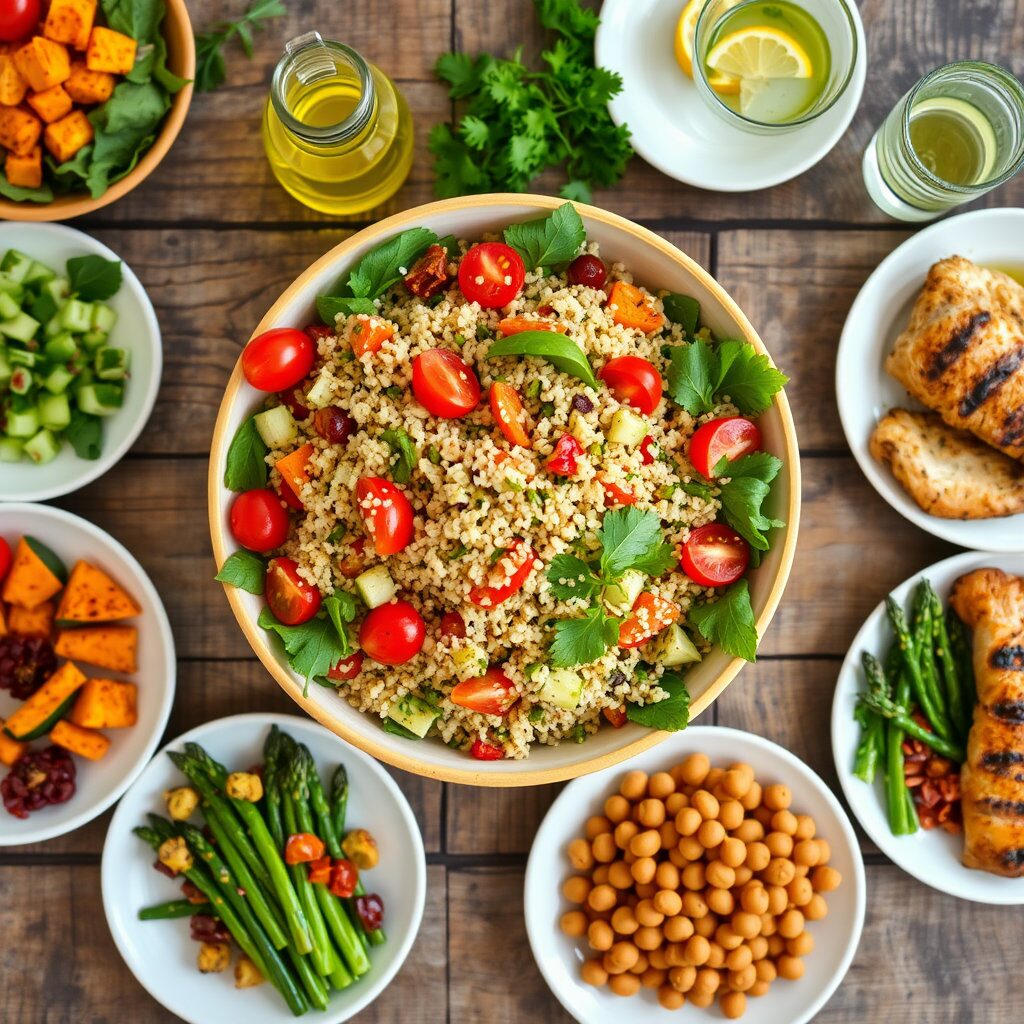1. A New Trend in Alcohol Culture: Beer And Wine With Ice
In the past, adding ice to beer or wine was considered an unconventional and somewhat unconventional way. In European wine culture, in particular, there was a taboo against adding ice because it harms the natural flavor of wine. Recently, however, it has become a new trend as a cool drinking method in the summertime has spread. Especially in the younger generation and home party culture, the keywords “ice beer” and “ice wine” have emerged as popular keywords and are consumed.
2. Scientific Principles that Ice Changes the Taste of Beer and Wine
When ice is added, the temperature of the alcohol quickly decreases, which changes the taste greatly beyond just being cool.
the relationship between temperature and aroma
Beer and wine have different flavors depending on the temperature. Beer is generally known to taste best at 4-7℃, and the higher the temperature, the stronger the bitter and miscellaneous scent is. Quick cooling with ice reduces bitterness and maximizes freshness.
For wine, red wine is suitable for slightly higher temperatures (15-18℃) and white wine and sparkling wine for lower temperatures (6-10℃). However, in summer, if you add ice and drink it colder, the stimulation of alcohol is relieved and the fruit scent and acidity are emphasized, making it feel much lighter and softer.
dilution effect
As the ice melts, beer and wine are diluted little by little, which lowers the level of alcohol and allows for easy drinking. Especially for those who are new to wine or those who are weak to alcohol, it transforms into a comfortable taste to drink.
changes in bubbles and carbonation
If you put ice in beer, you can feel the carbonation more clearly and the foam wraps around your mouth. This is because the cold temperature of the ice makes the bubbles of carbonation small and softens the throat.

3. Advantages of putting ice in beer
More intense refreshing: You can enjoy it much cooler than the normal refrigerator temperature.
Manual control effect: Ice melts and alcohol is diluted, making it easy to enjoy lightly.
Summer-only drinking: Show the best combination for outdoor barbecues, camping, and beach parties on hot days.
Beer cocktail scalability: Ice beer with lemon, lime, mint and more can create a cocktail feel.
4. The charm of “Ice Wine” with ice in wine
“Ice Wine” often reminds me of dessert wines made from ice grapes, but recently, wines that are enjoyed with ice under the concept of **”On the Rock Wine”** have become popular.
White wine + ice: Fresh and refreshing flavor enhancement
Red wine + ice: less dry tannins and softer
Rose wine + ice: a sweet drink with an emphasis on fruity scent and acidity
Sparkling wine + ice: Champagne with ice for sharp, crisp refreshment
In particular, famous French champagne brand Moët & Chandon has launched an ice-drinking champagne called **Ice Imperial’**, which is gaining huge popularity. It shows that wine with ice is becoming a new culture around the world.
5. Precautions for adding ice to beer and wine
Ice Quality: Ice from tap water is high in impurities and can harm the taste of alcohol. You must use ice from purified water or mineral water.
Moderate amount: Too much ice may dramatically dilute the original flavor. Two to three pieces of beer and three to four pieces of wine are appropriate.
Use a dedicated glass: It is recommended to use a large dedicated glass because the capacity increases as ice enters.
Red Wine Aged Products: High-grade aged red wine is recommended to drink at an appropriate temperature rather than ice because its aroma and flavor are sensitive to temperature changes.

6. Why Ice Beer and Wine Are Popular
SNS Certification Culture: Glittering ice, golden beer, and red wine in transparent cups make headlines on Instagram, blogs, and more because they are visually attractive.
Lightly enjoyed drinking culture: With fewer heavy drinking as before, and the spread of home drinking, alcohol, and travel drinking culture, light drinking methods with ice are attracting attention.
Global Trends: Famous overseas wineries and liquor brands are recognized for their “official and sophisticated ways” with ice-only products.
7. Conclusion: Ice makes alcohol lighter and more enjoyable
Adding ice to beer and wine is not just an act of lowering the temperature. It is a trend that renews the taste and helps more people enjoy alcohol without burden. Especially during the hot summer months, a piece of ice acts like a magic trick to double the flavor of alcohol.
In the past, it was considered to harm tradition, but now it is a new world-recognized drinking culture, and it is expected that more various liquor recipes and products using ice will emerge in the future.
https://koreasmartlog.com/sensitive-camping-vlog-records-my-daily-life-in-nature/



